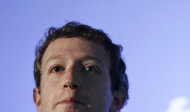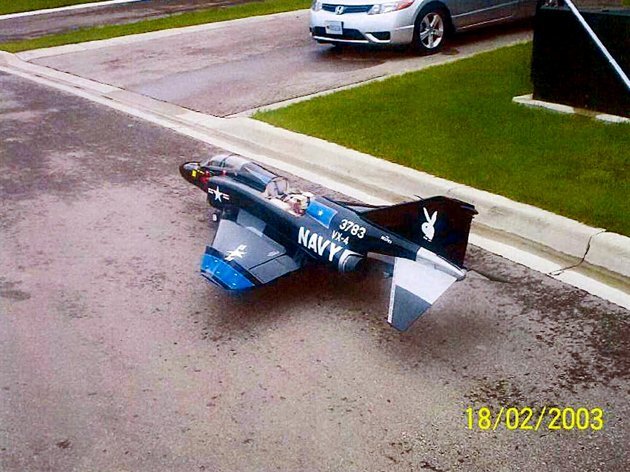With all the weighing, measuring, and calorie totaling, dropping a few pounds can seem as mind-bending as high school calculus. But it doesn't have to be. "Of course calories count," says Dawn Jackson Blatner, R.D., a spokesperson for the American Dietetic Association, "but there are plenty of ways to cut them without a math Ph.D." In fact, some simple lifestyle changes are often more effective for weight-loss success than obsessive number crunching. Follow these four strategies and the only figure you'll be thinking about is the smokin' one in the mirror.
Instead of Counting Calories. . .
Try Joining a Club. Here's why: Keeping a running total is a little like guessing how many jelly beans are in a Mason jar. According to a 2006 study published in the Annals of Internal Medicine, Americans--even those who are at a healthy weight--consistently lowball the number of calories in large fast-food meals by up to 38 percent.
For portion control without the decimal points, sign up for a delivery service like DeliciouslyYours (ediets.com) or Health Management Resources (hmrprogram.com). They deliver meals in just-right sizes to your doorstep each week. And the foods they consist of are usually high in fiber and protein, so you won't feel deprived, says Anne Fletcher, R.D., author of Thin for Life.
Another, er, plus: The smaller portions train you to recognize proper serving sizes, so you'll make smarter choices when the prepackaged food is out of reach. You can enroll in a meal-delivery service for $12 to $20 a day; there are good options in the freezer aisle too, says Elisa Zied, R.D., author of So What Can I Eat?! Look for frozen meals that have less than 500 calories and have at least four grams of fiber, no more than 15 grams of fat (fewer than three grams saturated and no trans fat), and fewer than 700 milligrams of sodium.
Instead of Eating By Food Ratios . . .
Try Eye-balling Labels. Here's why: If diets like the Zone, Atkins, or South Beach didn't work for you, it may not be because you couldn't give up bagels. It could be because you're too damn busy to bother updating percentages and ratios at every meal. If you don't have Rain Man keeping tabs on your meals, try this instead: Take 15 seconds to scan food labels for key ingredients. According to a 2007 report by the USDA Economic Research Service, we spend an average of 30 percent of our annual grocery bill on foods such as muffins, cakes, cupcakes, cookies, crackers, ice cream, candy, soda, and doughnuts--foods whose ingredients lists have sugar at or near the top. It's a pretty big duh that sweeteners jack up calories, but they also take your blood sugar on a roller-coaster ride that lands you right back at the fridge. We call it the theory of "calories in, calories in."
End the snacking madness by making natural, whole foods the bulk of your diet. That includes fruits, veggies, and lean meats such as chicken, turkey, flank steak, pork chops, and fish, plus these foods that burn fat. And when stocking up on packaged foods, choose ones "that list whole foods, such as whole-wheat flour, oats, peanuts, and real fruit, in the first line of ingredients," Zied says. That's your clue that a food is lower in calories and higher in fiber and protein than one with a lot of high-fructose corn syrup, sugar, molasses, or even honey.
Instead of 30 minutes on the Treadmill . . .
Try Pumping Up to Scale Down. Here's why: According to a recent review by a Duke University medical researcher, treadmill displays inflate the number of calories you burn by 10 to 15 percent. The study also found that 20 percent of us reward ourselves after exercise by eating as many calories as we worked off--and that we're less inclined to get physical after a strenuous workout for two to six hours. That's when we'll veg out on the couch instead of do housework.
A more efficient way to counteract dessert is to pump iron. Though cardio torches more calories minute-for-minute than lifting, weight training keeps your internal furnace going long after you put down the dumbbells. A study in the journal Medicine & Science in Sports & Exercise found that after six months of lifting weights three days a week, subjects increased their resting metabolic rate (that's the number of calories you burn just sitting on your butt) by 7 percent. To squeeze the most out of every curl and squat, speed it up: Another study in the same journal found that lifting quickly (for example, during a squat, lowering for two seconds, then coming up as fast as you can) fries calories 11 percent faster than lifting slowly. Researchers think the explosive movements create more calorie-melting muscle contractions.
Instead of Measuring Each Bite . . .
Try Enjoying Each Bite. Here's why: Being a slave to your kitchen scale won't make the one in your bathroom budge faster. A 2007 study in the American Journal of Clinical Nutrition confirmed that it is possible to eat more and slim down. The study compared weight loss in two groups of obese women. All of them were told to eat a reduced-fat diet, but one group was also instructed to consume a lot of water-rich foods, like soups, fruits, and vegetables. That group ate 25 percent more food by volume but lost more weight (an average of 17.5 pounds versus 14). How? They were eating fewer calories, but were still satisfied, thanks to the foods' high water content. "Physical activity was the same in both groups, so if the people in one group lost more, they had to have eaten fewer calories," says lead study author Barbara Rolls, Ph.D.
Instead of measuring your meals, try a more measured approach to eating. It takes your brain 12 to 15 minutes to receive the signal that your stomach is at max capacity, so wait for it. If you pause between bites, chances are you'll get that signal before you've scarfed down seconds. Don't have that kind of self-control? Choose foods that are impossible to bolt down: produce you have to peel, nuts in the shell, and spicy foods.
Tell Us: What are your go-to tricks for slimming down?
News from - http://shine.yahoo.com/channel/health/easier-ways-to-lose-weight-2572067/




